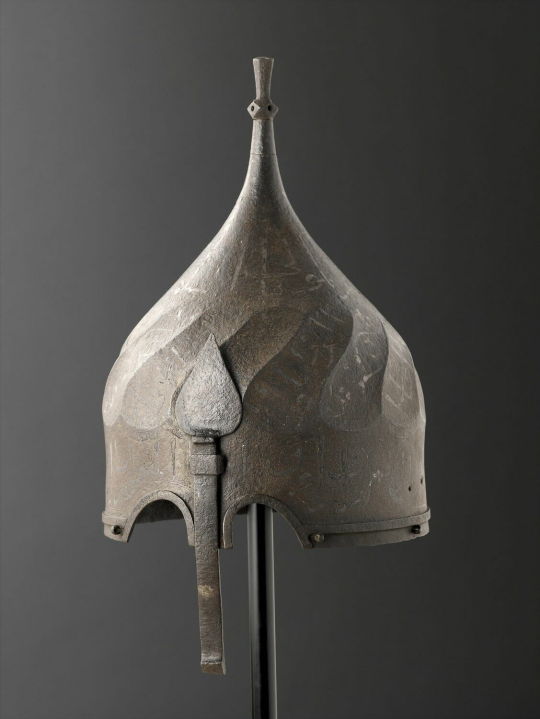Text
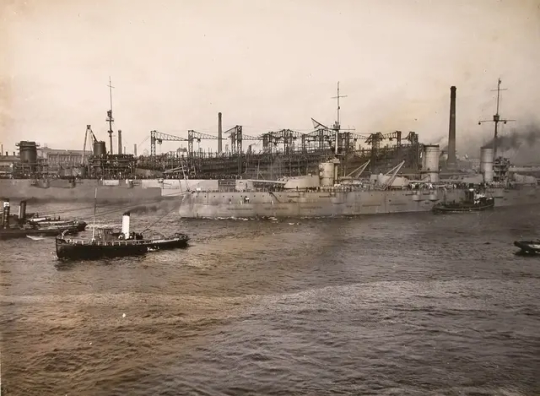
The battleship Sevastopol of the Russian Imperial Navy leaves for sea trials in Kronstadt, September 1914 Baltic Shipbuilding Plant in Saint-Petersburg.
9 notes
·
View notes
Text
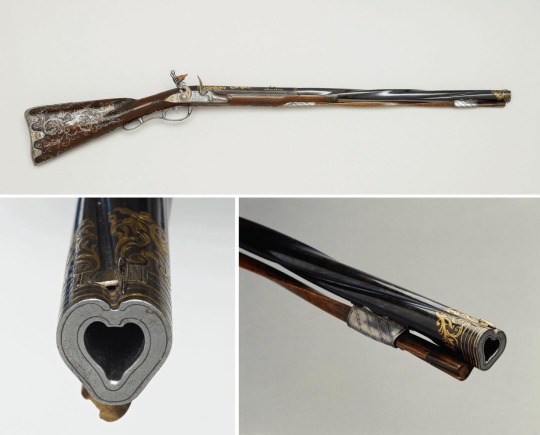
A flintlock rifle with a twisted barrel and heart shaped bore from 1765, formerly owned by George IV, now part of the Royal Collection Trust
More: https://bio.link/museumofartifacts
2K notes
·
View notes
Text
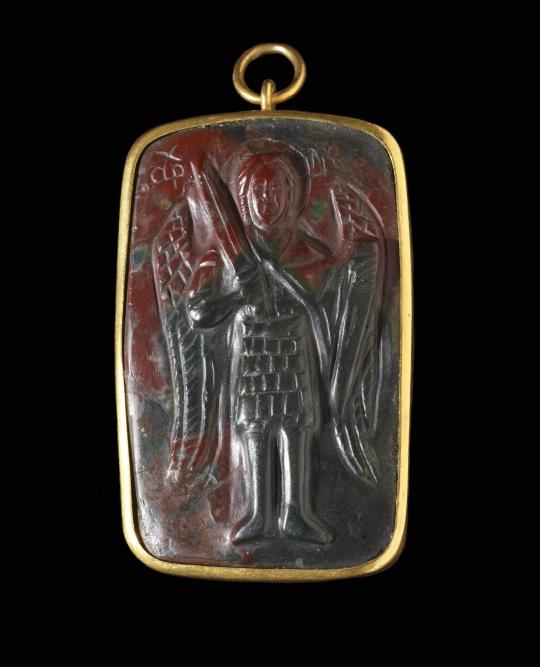

Bloodstone pendant with depictions of the Archangel Michael and Saint Demetrius, Byzantine, 10th-11th century
from The Walters Art Museum
276 notes
·
View notes
Text
Special sails
We are more familiar with ships that go up to the topgallant sail (t'gallant or t'garns'l), but there are still some special sails that are above it, these are the Royal, the Skysail and above that the Moonraker. Because of the height they reached, these ships were also called skyscrapers, but please do not confuse them with the skyscraper sail, which was hoisted above them in a triangular shape on much larger ships like clipper or steal barques during the 19th and early 20th century.

Royal
A royal is a small sail flown immediately above the topgallant on square rigged sailing ships. It was originally called the "topgallant royal" and was used in light and favourable winds. Royal sails were normally found only on larger ships with masts tall enough to accommodate the extra canvas. Royals were introduced around the turn of the 18th century but were not usually flown on the mizzenmast until the end of that century. It gave its name to a Dutch term for a light breeze-the Royal Sail Breeze or bovenbramzeilskoelte was a Force 2 wind on the Beaufort Scale.
Skysail
In the course of the 18th century (although the first written records do not exist until 1807), skysails began to be hoisted over the Royal, again in good weather and light winds.
Moonraker
The word itself dates back to the 18th century and was the name for a sail that was hoisted directly above the sky sail, and it was only hoisted when there was very little wind, because if the wind was too strong, it would simply tear off.

The Regina Maris, a danish barquentine from 1908 with a watersail ( red circle)
Watersail
A watersail is a sail hung below the boom. It is used mostly on gaff rig boats for extra downwind performance when racing. Often a watersail will be improvised from an unused foresail. Its psychological effects may be more effective than its aerodynamic ones. Surprisingly, its use can be traced back to as early as 1373. Possibly even earlier, since the 12th century.
180 notes
·
View notes
Photo

Robert Capa. Russian Sector, Berlin. 1945
Follow my new AI-related project «Collective memories»
81 notes
·
View notes
Text
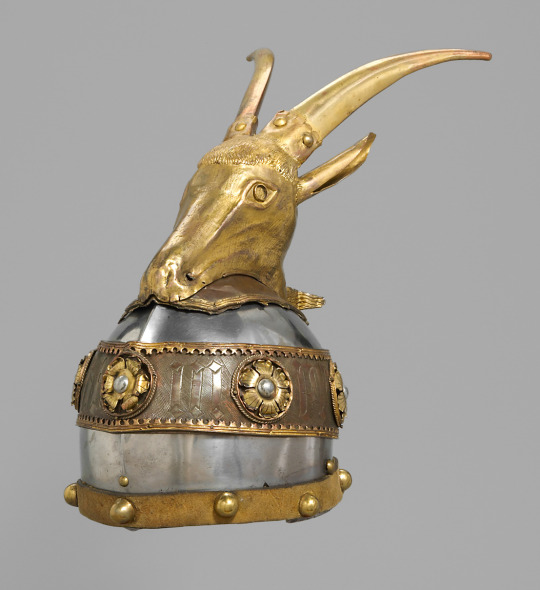
Helmet belonging to Georg Kastriota, known as Skanderbeg (1405–1468), Italy 15th century
from The Kunsthistorisches Museum, Vienna
271 notes
·
View notes
Text

Schiavona for an officer, Venice, Italy, dated 1713
from Czerny's International Auction House
509 notes
·
View notes
Video
youtube
Why We Fight! The Battle of Russia (1943) WWII Frank Capra [Documentary]
2 notes
·
View notes
Text
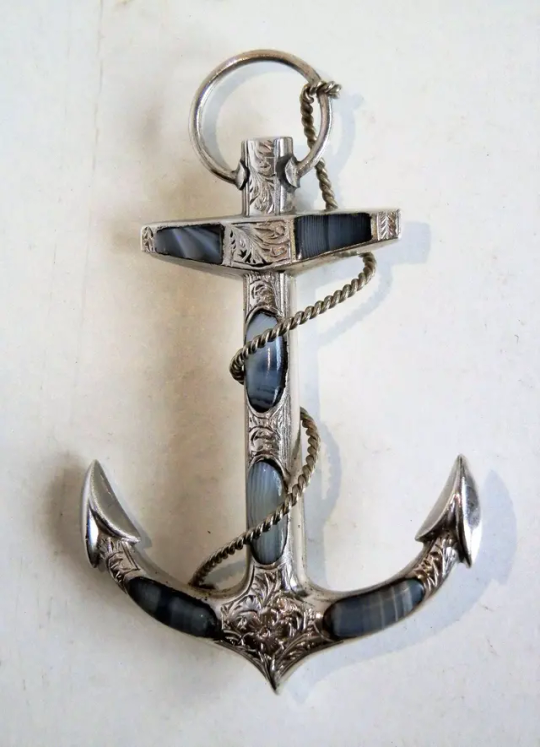
A silver and Montrose agate sweetheart brooch shaped as a fouled anchor, Schotland, 1880
240 notes
·
View notes
Text

Robe sword and scabbard 1802-03
In 1799 a new system of government, led by three Consuls, was introduced in France. Napoleon was elected First Consul. A sword of this pattern was provided to each of them, although this one is of a later date and must have been a replacement for the original. It was acquired by George IV with a certificate swearing that it had belonged to Napoleon himself.
305 notes
·
View notes
Text

Emerald ring, Mughal empire, 16th-17th century
from Christies
994 notes
·
View notes
Text

A beautifully gilt Eared Dagger with an intricately carved bone grip, Italy, ca. 1520, housed at the Pinacoteca Ambrosiana.
The text which can be seen on the dagger's ears is the second verse of Psalm 31 (30), which reads IN TE DOMIN[E] SPERAVI / ET NON CONFUNDAR IN [AETERNUM] “In thee, O Lord, have I hoped, let me never be confounded”.
220 notes
·
View notes
Text
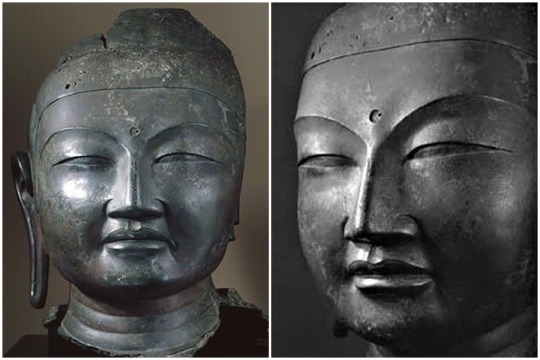
Head of Yakushi
Kofuku-ji Temple
Nara, Japan
"Dated to 685, this cast copper alloy head formerly belonged to a sculpture of the Buddha Master of Medicine (Jp. Yakushi Nyorai) that was originally enshrined at Yamadadera Temple in Asuka, a town about 20 kilometers south of the city of Nara, and the capital of Japan at the time of the image’s construction."( via )
2. via
90 notes
·
View notes
Text

Two workers attaching a Pratt & Whitney R-2800 Double Wasp onto a F4U Corsair at the Chance-Vought factory in Stratford, Connecticut.
Date: March 1943
NARA: 179036630
260 notes
·
View notes

